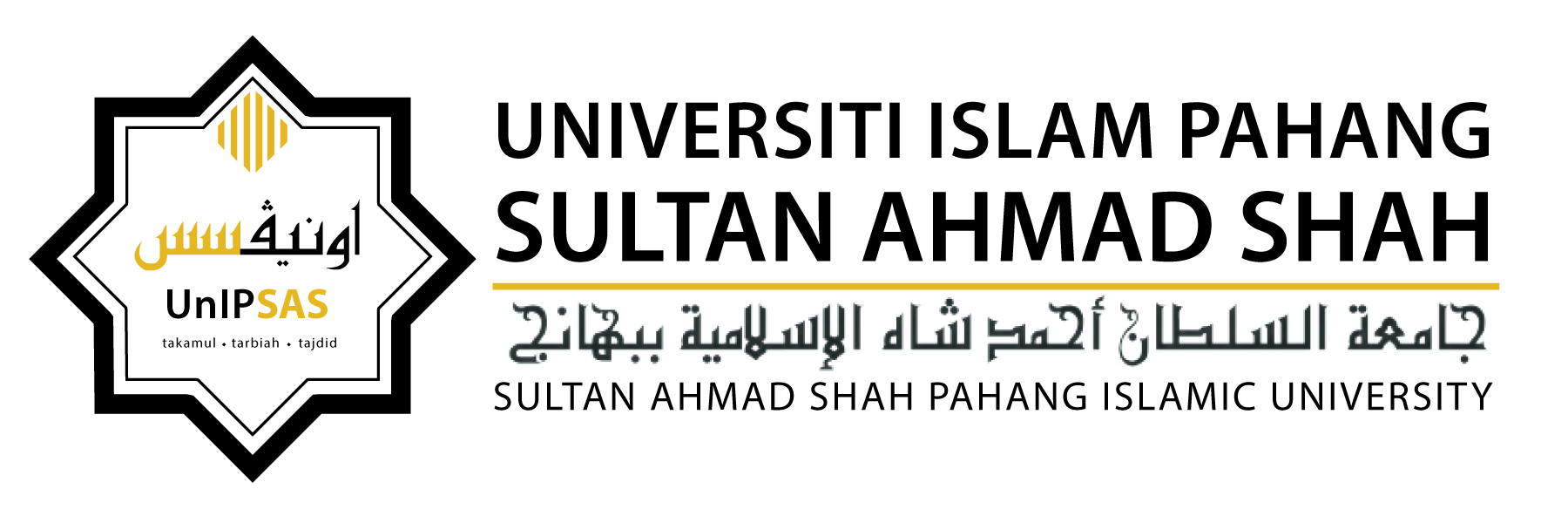Dealing Of Misconduct
Editor-in-Chief considers retracting a publication if the following criteria:
- They have unmistakable proof that the results are untrustworthy, either due to a significant error (such as an experimental or mathematical error), data fabrication, or falsification (such as image manipulation). It is plagiarism.
- The results have been published elsewhere before without giving due credit to earlier sources, notifying the editor, obtaining permission to republish, or providing a rationale (i.e., instances of repetitive publication). It includes information or data that is not authorized for use.
- Copyright has been violated, or there is a serious legal problem (such as privacy or libel). It details research that is unethical. It was only released because the peer review process was tampered with or compromised.
- Copyright has been violated, or there is a serious legal problem (such as privacy or libel). It details research that is unethical. It was only released because the peer review process was tampered with or compromised.
- The author(s) neglected to declare a significant conflict of interest that, in the editor's opinion, would have negatively impacted how editors and peer reviewers interpreted the work or suggested changes.
Notices of retraction should:
- Whenever feasible, include a link to the retracted article (i.e., in all online versions).
- Clearly identify the retracted article (for example, by citing the retracted article or by stating the title and authors in the retraction headline).
- Be easily recognized as a retraction, as opposed to other kinds of corrections or remarks.
- Be released as soon as possible to reduce negative impacts; • Be openly accessible to all readers (i.e., not restricted to subscribers or behind access hurdles); Indicate who is withdrawing the item; provide the reason or reasons for the retraction; and be truthful, impartial, and refrain from using offensive language.
Retractions are not usually appropriate if
- Although the authorship is up for debate, the findings' veracity is undeniable.
- The work's primary conclusions remain trustworthy, and any flaws or issues might be adequately addressed by rectification.
- An editor is awaiting more information, such as from an institutional investigation, or has inconclusive evidence to warrant retraction.
- Although author conflicts of interest were disclosed to the journal after publication, the editor believes that these did not likely affect the article's interpretations, suggestions, or findings.






